Top 15 types of watch hands: the complete guide
When it comes to watch design, watch hands are a crucial element that fulfills the role of both telling the time and adding visual interest to the watch. In the world of watchmaking, there are a few types of hands that are commonly used and others that are rarer.
Types of watch hands
Here is a selection of the most used watch hands:
1. Baton hands

These are the most common watch hands and are characterized by their simple, elongated, rectangular shape. Baton hands are often used on dress watches and other pieces with a more traditional design. They can be found on the splendid Rolex DateJust or on the watch from Atelier Jalaper: AJ-P400.
2. Dauphine hands

Dauphine hands are an elegant type of watch hand style with a long history as they have been used since the 1930s. They are tapered hands that give a certain depth and have a faceted relief that gives them a shiny appearance. They are very popular and widely used by major watch brands such as Patek Phillippe, JLC, Piaget, and Grand Seiko. They are appreciated for their clean and minimalist style. Dauphine hands are a combination of elegance and modernity.
3. Leaf hands

The "Leaf" shape is considered one of the most elegant designs for a watch hand. As the name suggests, it represents the curve of a leaf with its elongated oval shape ending in a thin point. Leaf watch hands are often used for formal dials. It can be found on vintage watches. Leaf hands are a softer alternative to baton hands.
4. Arrow hands

These watch hands, as the name suggests, have a triangular shape that tapers to a point, which resembles an arrowhead.
They are often larger and more visible on sports watches. Their casual style limits them in their stylistic use, but they can bring a nice presence on the dial if they have enough space not to overload the whole. They convey a clear and quick time reading by using their unique shape. They are for example very often used at Omega.
5. Breguet hands
The "Breguet" hand was designed by Abraham-Louis Breguet in the 18th century. It is characterized by its finesse and elegance. Most often thin, it has a small apple or a hollowed moon at its end. These watch hands are also called “Pomme”.
6. Cathedral hands

When examining shapes of watches inherited from the past, one can discover arrow-shaped hands, reminiscent of the geometric patterns of church windows. These hands are often used in military watches.
7. Dagger hands

Dagger hands are similar to baton hands but have a sharper shape that looks like a knife blade. These hands are often used on more sporty or modern watches.
8. Skeleton hands
Skeleton hands are hands that have been cut in such a way that certain parts are visible through their transparent areas. Unlike most hands that have only one opening, some models may have several small openings on already thin hands. These watch hands are often used on skeleton watches and other pieces with transparent dials.
9. Syringe Hands
The name "syringe hands" comes from a tool that is not very appreciated in the medical world: the syringe. They consist of a rectangular body and a needle-shaped tip. This model of watch needle allows to indicate the time with precision.
10. Sword hands
These watch hands are derived from the shape of a sword. The enlarged pentagonal shape of their end makes reading the time easy and clear. This type of hand can be found in elegant and stylish timepieces from Cartier for example.
11. Mercedes hands
Mercedes watch hands have become popular thanks to the crowned brand, Rolex of course, and its models like the Explorer, Submariner, GMT, etc. They are named like so because of their resemblance to the iconic logo of the German car brand of the same name.
12. Snowflake hands

Snowflake hands are an almost universal feature of Tudor watches. According to legend, the unique shape of these hands was required by the French Navy when an order was placed to improve the underwater visibility of divers.
13. Fleur de Lys hands
Fleur de lys hands, named after the iconic shape of the fleur de lis associated with French royalty, offer a different kind of dressy style. They can be found on Czapek timepieces.
14. Alpha Hands

Alpha hands resemble dauphine hands with their elegant shape, but have a thinner neck and longer tip. These Alpha watch hands are commonly used on chronographs such as the Lange & Söhne Datograph and the Omega Speedmaster "First Omega in Space".
15. Spade hands

The watch hand in question seems to have a shape similar to a symbol that can be found in a pack of playing cards. It is thin and refined, with a spade design on the end. Unlike leaf hands, which are straighter, these watch hands are distinguished by their curved shape, with a point that mimics the shape of a fruit: the pear. The use of spade/pear shaped hands is uncommon in the modern watch industry and is a testament to the earlier hands used in clocks and gussets.
In conclusion
In conclusion, watch hands are a fundamental element for the reading and style of a watch. There are several types of hands, each with its own characteristics and functions. Traditional hands, such as spade hands, leaf hands, or sword hands are often used for classic watches. However, modern hands, such as snowflake hands, arrow hands or skeleton hands, offer a more casual and sporty look. Regardless of the type of hand you choose, it's important to make sure it matches the watch face and strap for a cohesive, stylish look.







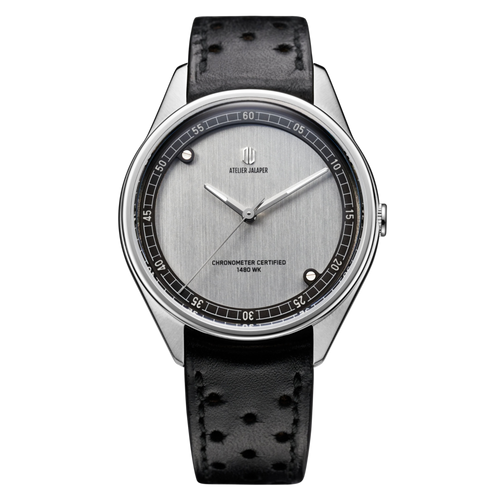


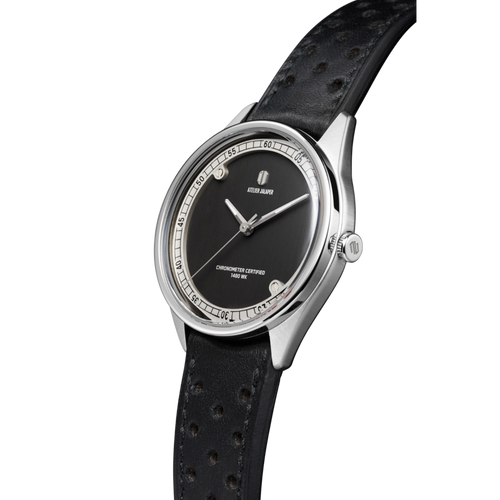

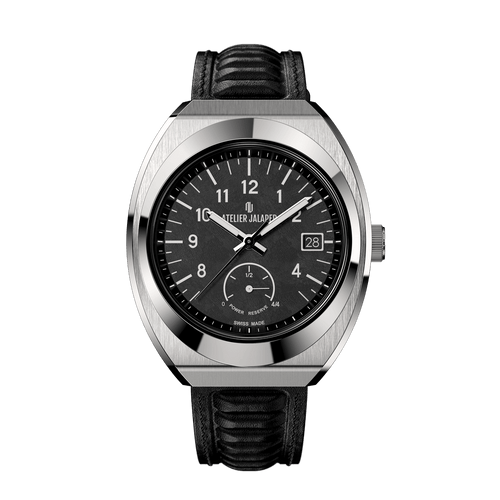
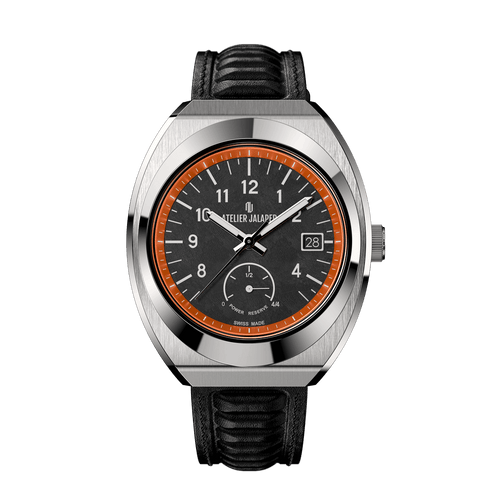
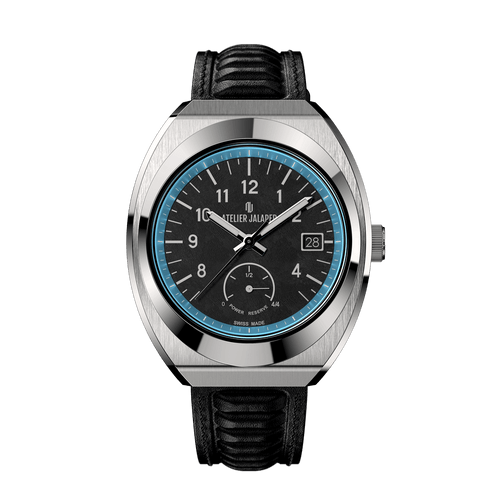
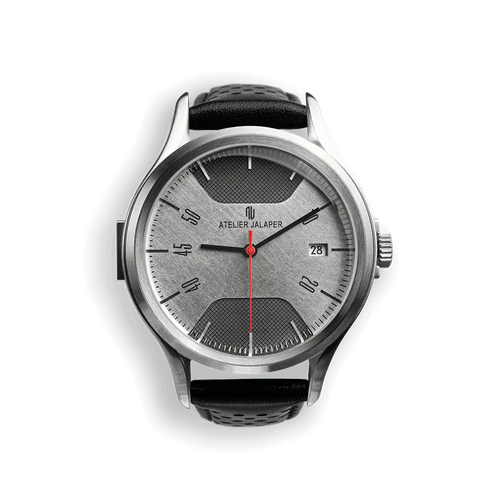
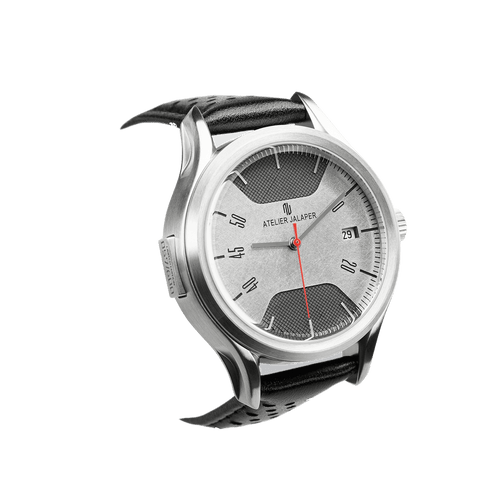
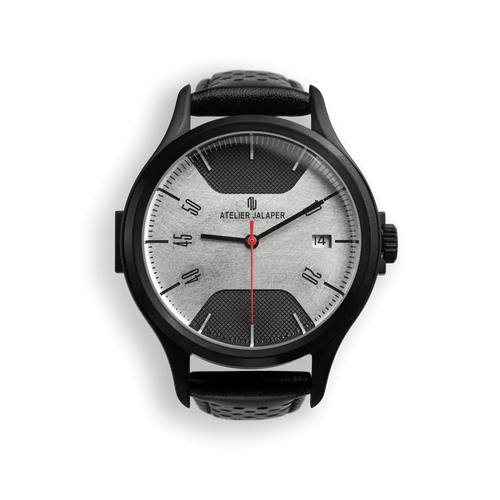
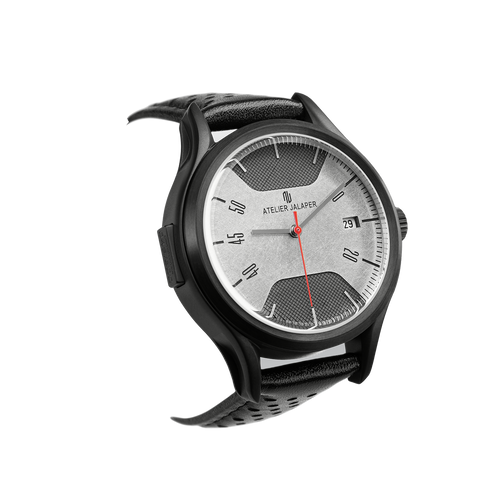
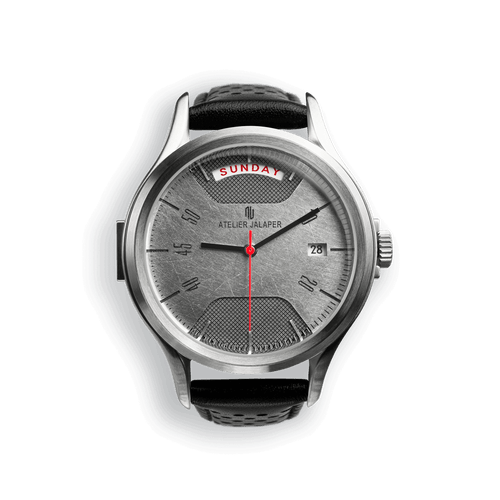
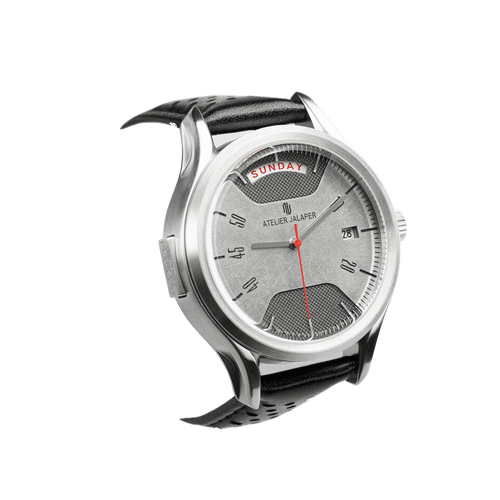
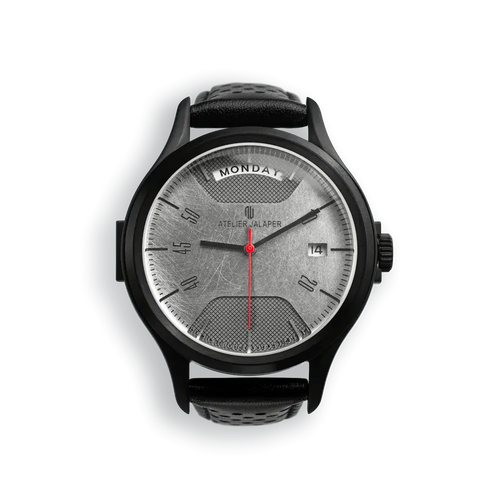
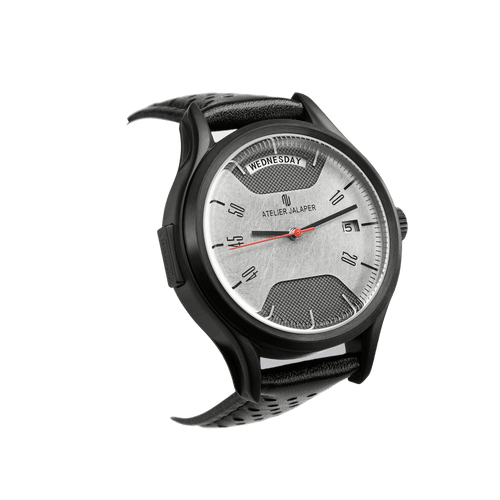


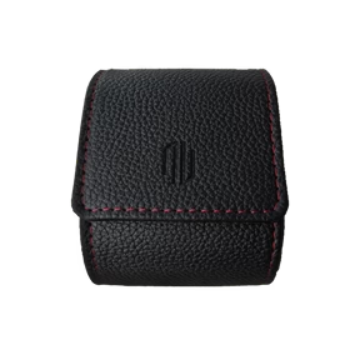
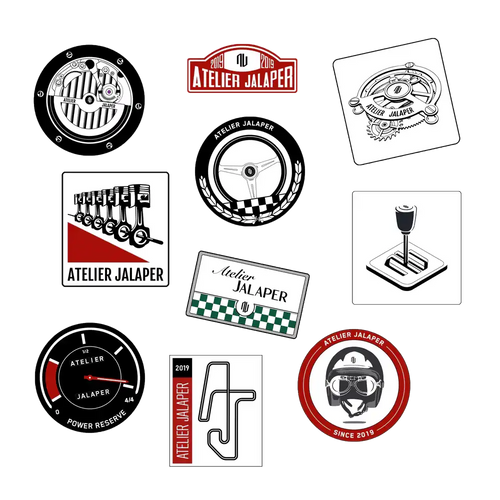
Leave a comment